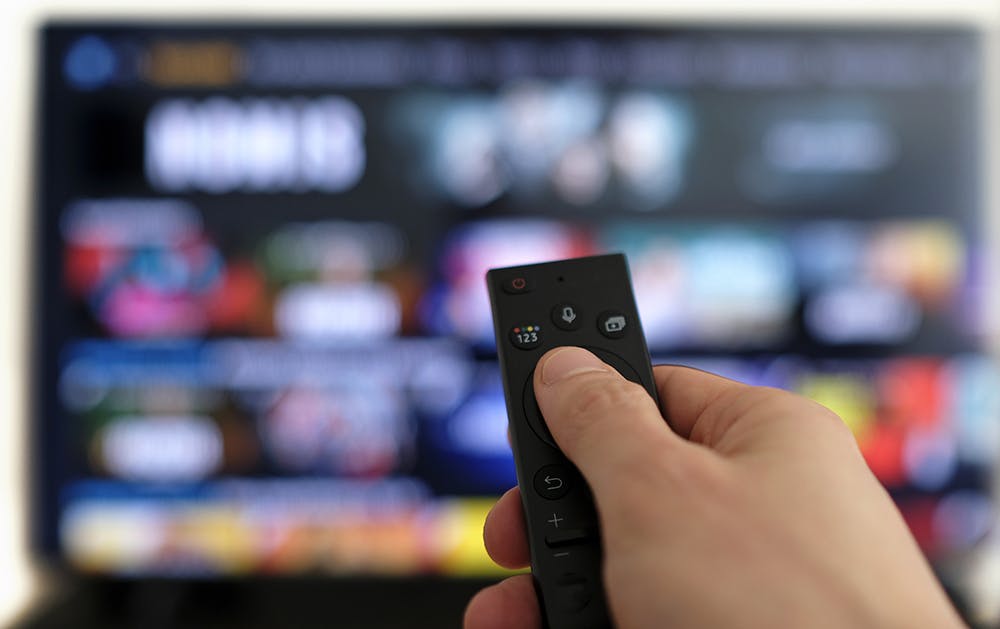In deference to our friends at NASCAR hosting The Daytona 500 this past weekend, the beginning of the calendar year for the North American sports business has felt a lot like the green flag dropping. And there are no yellow flags in sight.
Out of the gate, the Consumer Electronics Show hosted north of 100,000 people in Las Vegas. February may be a short month, but there has been no shortage of world class events to attend. Over the past three weeks the SRI Sports team has gone from Miami for NHL All Star to Phoenix for the Super Bowl and finally to Salt Lake City for the NBA All Star Game.
The common overarching theme of the convergence between sports, media, and technology was crystal clear.
A primary example: the NBA Technology Summit
Speaking of our weekend in SLC with NBA friends, unless you are Bill Murray, few tickets were harder to come by than these. It’s not surprising, considering the reputation the NBA has for innovation. This was the 23rd annual tech summit hosted by Utah Jazz owner and Qualtrics founder Ryan Smith. Commissioner Silver, with the help of Ahmad Rashad, rolled out a new feature inviting fans to insert their personalized avatar into the live game experience, blocking shots, chest bumping with teammates, and throwing down monster dunks. Not to be outdone by ChatGPT, Luka Doncic served up his own chatbot, Luk.AI. Whether these new innovations are widely adopted or not, they raise the game and set the stage for the new ideas of the future.
MLS is in the convergence game too
The NBA isn’t the only league jumping on technology and media convergence. February is a big month for Major League Soccer, and the whole industry is paying attention to the launch of the ground-breaking Apple/MLS media rights deal. The deal goes beyond distribution, heightening the focus on content and pulling back production to the league. The first year of the ten-year partnership will undoubtedly be filled with key learnings. No league has made a bigger bet on digital as their future than MLS. As an MLS season ticket holder, I’m especially interested to see how this will impact the viewing habits of the different generations of my family and marginal soccer fan friends. For a sport with such a strong growth trajectory, will the non-initiated fans bear the cost to watch?
Having recently completed a search for a media agency, it’s clear that Over the Top and Connected TV are the way of the future. There are so many streaming platforms to choose from, and we are in the driver’s seat of what we watch. The competition for our eyeballs and dollars is fierce. Tubi’s ad for their free ad-supported video streaming services during the Super Bowl was one of the most talked about.
Live sports has never been more in demand
I’ve spoken with industry executives who were privately concerned with negative consequences the pandemic would have on sports consumption – that marginal fans would get comfortable without sports. The prevailing feeling three years out is live sports has never been a more powerful draw. While Netflix may not agree, plenty of others are betting on future sports consumption, and the attendant rights fees, increasing. The convergence of sport, technology, and media is only adding to consumers’ thirst for more.



